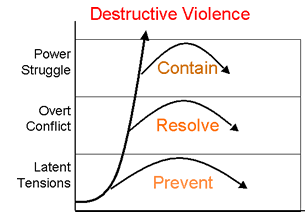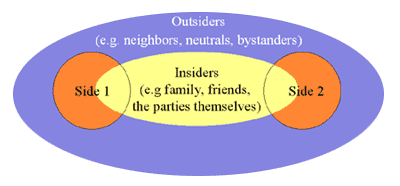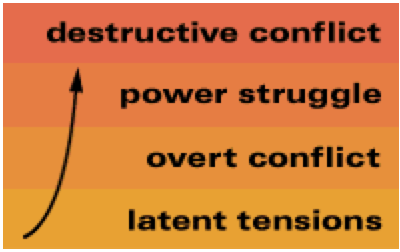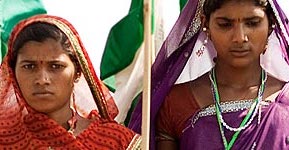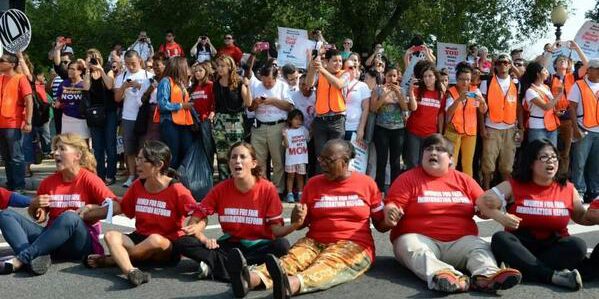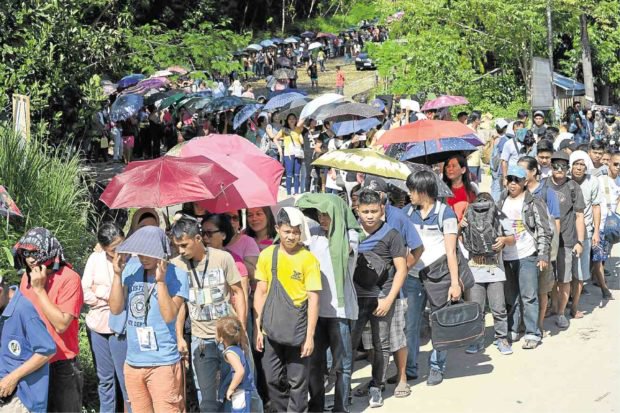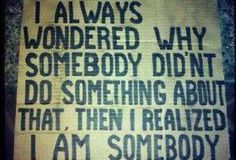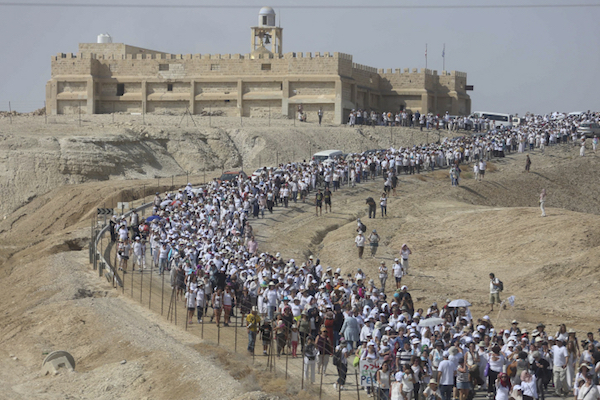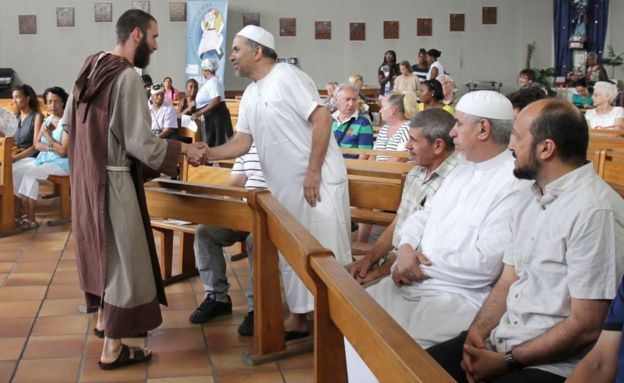The Bridge Builder in Action
Taking Non-Violent Resistance to Scale: The Case of Ekta Parishad
William Ury, in his book ‘The Third Side’ said, “the underlying cause of conflict usually lies in deprivation of basic human needs…The most basic human needs include food (and other necessities for living), safety, identity, and freedom. Each provides a form of security – economic, physical, cultural, and political. Put more simply, each person wants to feel well, safe, respected and free. If we can help address one or more of these four needs, we can avert much destructive conflict.”
This is exactly what the Ekta Parishad (“Unity Forum” in Hindi), ...
Women and Non-Violent Resistance: The Missing Narrative in Our Evolving Histories
History has been replete with conflict and resistance to oppressive powers. Our memories are inundated with images of burning vehicles, people on the streets throwing Molotov cocktails and gunfire to control such resistance. It is true that violent images are more gripping, hence they are more newsworthy and are covered by the media. They are sensational, striking and such images are usually more easily seared into the minds of the collective psyche.
However, this is only one part of our evolving histories. The other, more ubiquitous and, non-violent versions of such ...
The Bystander Effect and The Third Side
It was a cold winter’s night, at 3.15 am, on March 13, 1964, when Kitty Genovese, a then 28-year-old manager of a bar, was returning home to her apartment in Queens, New York. She had parked her car about 100 feet from her apartment’s door when she was approached by Winston Mosely, a business machines operator on the prowl for potential victims. Moseley ran after her, quickly overtook her and stabbed her twice in the back. Genovese screamed. Almost all neighbors had their windows closed and very few deciphered it as a cry for help.[1] One of the witnessing neighbors ...
March of Hope: How Israeli – Palestinian Women Wage Peace
* * *
Hope was lost when talks to resolve the long standing conflict between Israel and Palestine failed in April 2014. This was the first time since President Obama’s tenure commenced, that the conflict was attempted to be directly discussed by the leadership of Israel and Palestine, in an effort to resolve their disputes and bring about peace in their nations. The long standing nature of the conflict has resulted in deeply rooted emotional hostilities as well as extreme political and societal distrust on both sides. The most logical outcome, under the circumstances, ...
The Bridge Builder: Seeing Things Differently
By William Ury
In the spring of 1996, I facilitated a private dialogue at a chateau outside of Paris between five Turkish and five Kurdish civic leaders whose peoples were trapped in a civil war that had taken twenty-five thousand lives and destroyed three thousand villages. The dialogue was confidential; people had been killed by their own side for talking to the other. Many of the participants had spent time in jail. One Turkish nationalist, Tarik, had been described to me by his friends as someone who would "just as soon shoot a Kurd as talk to one." The tensions ...
The Bridge Builder: Fish Hooks and Trust
It is not easy to build bridging relationships, particularly in conditions of actual conflict. That did not deter Sidney Frankel, a Johannesburg businessman who, in August 1991, invited Cyril Ramaphosa, a prominent young black leader in the African National Congress, and Roelf Meyer, a young white leader in the ruling Nationalist Party government, to his country cottage for the weekend. As Meyer and his family arrived by helicopter, they discovered that Frankel's ten-year-old daughter had fallen and broken her arm; so Frankel, his wife, and daughter took the helicopter to ...
The Bridge Builder: Sisterhood Under Fire
By Carole Frampton
Ida lives in Bujumbura, the capital of Burundi. She is the president of a women's neighborhood association on the outskirts of the city. Until a series of intercommunal massacres in 1993, the association included and supported women from both the Hutu and Tutsi ethnic groups. The women owned some communal land and shared its harvest among themselves. When it became dangerous to live in mixed neighborhoods, the Hutu women fled the Musaga district to settle on the other side of the road, in Busoro. For six years, the association was split. Half the ...

